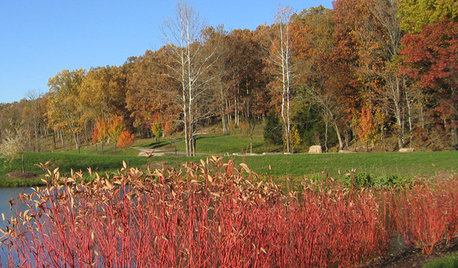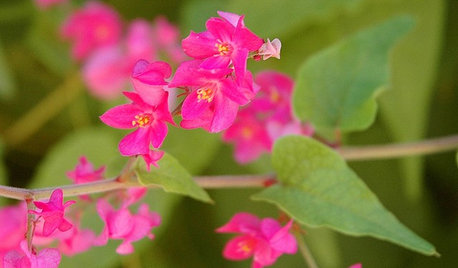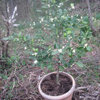Should/Can you prune CLM damaged leaves from py
jaybird3316
13 years ago
Related Stories

GARDENING GUIDESGot Frost-Damaged Plants? How It Happens, and When and How to Prune
Crispy brown leaves are a sure sign that Jack Frost has been to your neighborhood
Full Story
GARDENING GUIDESHow to Prune Your Flowering Shrubs for the Best Blooms
Less is often more when it comes to properly pruning flowering shrubs. Here’s what to do and why
Full Story
WINTER GARDENINGPruning Secrets for Exquisite Roses
Encourage gorgeous blooms year after year with this time-tested advice on how to prune your rosebush in winter for health and shape
Full Story
GARDENING GUIDESWhat's Wrong With My Plant? Leaves Often Hold the Clues
Learn how to identify common plant ailments by reading their leaves
Full Story
GARDENING GUIDESThese Hedges Can Add Interest to Your Winter Garden
Evergreen trees and shrubs provide structure and color in the winter months — and can attract wildlife too
Full Story
HOUSEPLANTS8 Houseplants You Can't Kill
They're forgiving and let you forget. Houseplants don't get any easier than this
Full Story
SELLING YOUR HOUSEA Moving Diary: Lessons From Selling My Home
After 79 days of home cleaning, staging and — at last — selling, a mom comes away with a top must-do for her next abode
Full Story
INSPIRING GARDENSFrom Concrete Lot to Gracious Organic Garden in Seattle
Plants, pests and even weeds have a place in this landscape, which offers an edible bounty and a feast for the eyes
Full Story
GARDENING GUIDESSouthwest Gardener's July Checklist
Hold on to your hat and prune those tree branches; monsoon season means damage prevention is key
Full Story
GARDENING GUIDESGreat Design Plant: Antigonon Leptopus in California and Desert Gardens
Dry climates can enjoy sprays of delicate pink flowers and heart-shaped leaves on this drought-tolerant, summer-flowering vine
Full StoryMore Discussions








greenman28 NorCal 7b/8a
cebury
Related Professionals
Fort Lee Landscape Architects & Landscape Designers · Quincy Landscape Architects & Landscape Designers · Zion Landscape Architects & Landscape Designers · Garden City Landscape Architects & Landscape Designers · Billerica Landscape Contractors · Edmond Landscape Contractors · Amesbury Landscape Contractors · Downey Landscape Contractors · Hawthorne Landscape Contractors · Little Ferry Landscape Contractors · Middletown Landscape Contractors · New Cassel Landscape Contractors · North Haven Landscape Contractors · Palm Beach Gardens Landscape Contractors · Wheat Ridge Landscape Contractorshoosierquilt USDA 10A Sunset 23 Vista CA
greenman28 NorCal 7b/8a
hoosierquilt USDA 10A Sunset 23 Vista CA
greenman28 NorCal 7b/8a
jaybird3316Original Author
hoosierquilt USDA 10A Sunset 23 Vista CA
jaybird3316Original Author